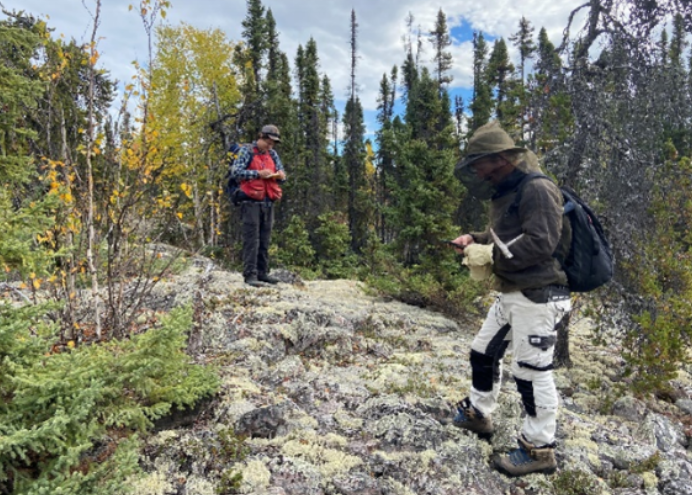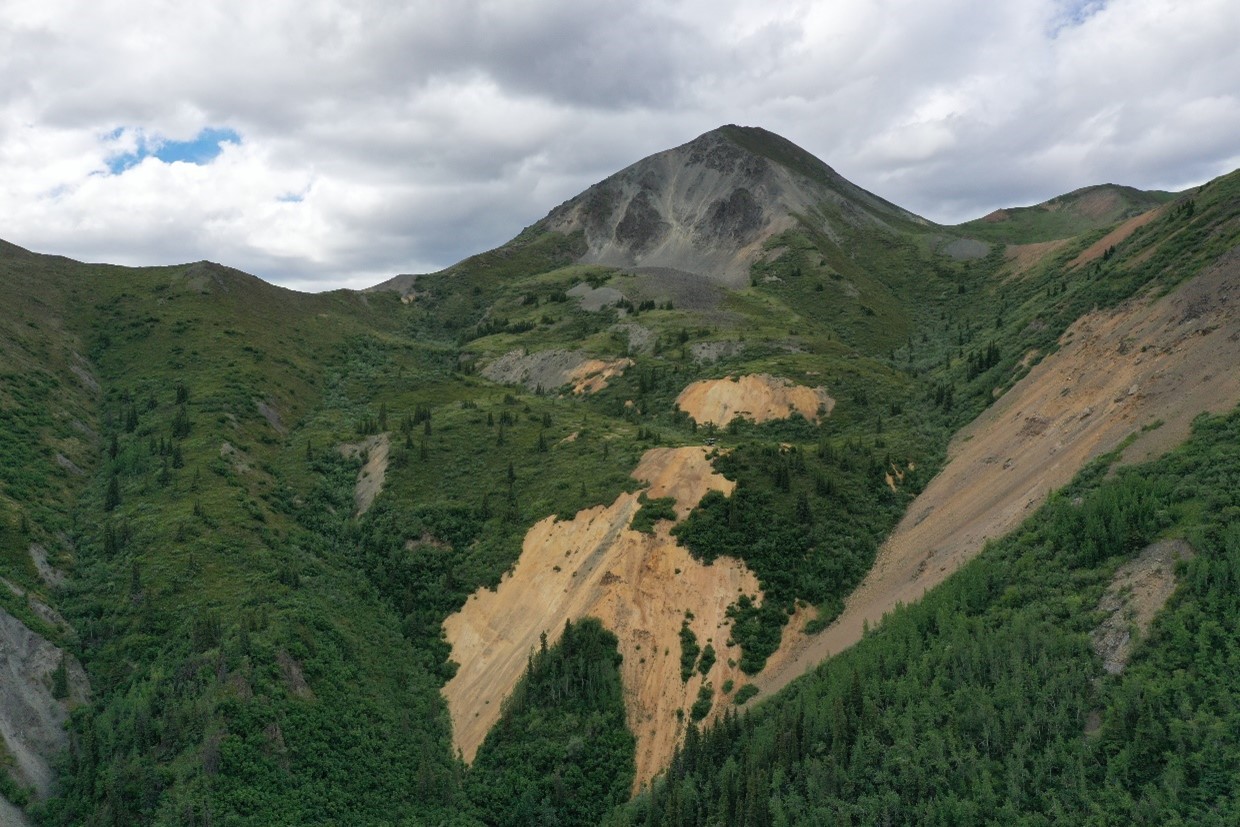VANCOUVER — A commitment to strong science has paid off for junior Northern Shield Resources at its greenfield Huckleberry copper-nickel discovery in the southern Labrador Trough. On June 7, the company announced an option agreement wherein Australian-based mega-miner South32 could earn a 70% interest in the project via $5 million in exploration expenditures over three years.
Under terms of the deal, South32 can earn a 50% stake for $2.5 million over an initial two-year option period, and increase that interest to 70% through another $2.5 million investment over a third year.
Northern Shield’s interest will be free carried to completion of a preliminary economic assessment (PEA), while South32 also maintains a first right of refusal on the neighbouring Séquoi property.
“We didn’t strictly want to negotiate that they would carry us through to the PEA because we wanted benchmarks,” explained president and CEO Ian Bliss during an interview. “It’s especially important early on that money is spent, and during these very preliminary stages we will continue to manage the project. That also helps South32 because they need to become more familiar with the Labrador Trough region.”
Northern Shield staked Huckleberry in mid-2014, but didn’t make a discovery until late last year when sampling on a gossanous outcrop located at the contact between an olivine melagabbro and porphyritic gabbro returned some eye-opening assays, including: 1.3% copper and 0.54 gram per tonne platinum-palladium; and 1.2% copper and 0.59 g/t platinum-palladium. The property lies around 100 km north of Schefferville, Quebec.
The underlying geology is dominated by a thick sequence of glomeroporphyritic gabbro, which is intruded by various other mafic phases, but most notably by the olivine melagabbro. The principal mineralized target lies in the western portion of the property and includes the Discovery zone, where the grade of 58 samples averages 1.2% copper, 0.19% nickel and 0.83 gram platinum group elements and gold.
“Initially we wanted to back track on the government data and chemically fingerprint ultramafic intrusions up and down the Labrador Trough. We identified ‘fertile’ gabbros that are enriched in platinum group elements and nickel, and the greatest concentration of these targets was right around Huckleberry,” Bliss continued.
“Late in the season our chief geologist, Christine Vaillancourt, was in helicopter and saw a massive gossan on the side of this ridge. She figured somebody must have done fieldwork there previously, but due to bad weather they had to land and grabbed some samples. Needless to say we realized it was a new discovery, and subsequent work really indicated the potential extent of the mineralization,” he added.
The element that’s particularly intriguing about Huckleberry, aside from the grades, is that size potential. Northern Shield’s geological modeling indicates mineralization at the property may have resulted from a “dynamic, violent, episodic and long-lived” magmatic history.
The company has identified a variety of characteristics associated with “large-scale” deposits, including: various magmatic breccias throughout the intrusion; flow-banding in some of the ultramafic layers; and multiple phases of mineralization.
“One of the critical things with Huckleberry is those very high copper-nickel ratios because it indicates you’re dealing with a segregated magmatic system,” Bliss elaborated. “You general only see that when the magma cools extremely slowly, and so either it’s a massive magma chamber that’s very hot, or there’s been a constant influx of hot magma into the system. Both are good scenarios because that’s where you find giant deposits.”
The deal with South32 is a big win since the scope of the project is likely beyond that of a junior, but Northern Shield will remain operator through the 70% earn-in phase. The companies are planning roughly 3 weeks of outcrop sampling at Huckleberry followed by an airborne electro-magnetic survey. Bliss said that South32 is hoping to drill the project as “soon as practically possible.”
Meanwhile, Northern Shield was careful to keep Séquoi segregated from the main deal. The property covers a large multi-lobed magnetic anomaly that is interpreted to be a flat-lying, dish-shaped mafic-ultramafic intrusion possibly related to Huckleberry, and part of a feeder system.
“On a regional scale we’re right on the transition from a gravity high to a gravity low, and when you look at analogous nickel belts they’re all similar positioned,” Bliss explained. “That tends to indicate deep-penetrating graben structures, so it’s in the right terrain. There’s also a huge swath of highly-anomalous, nickel-copper in lake bottom sediments collected by the Quebec government in that part of the Labrador Trough. Somewhere there’s a source, and we believe we’re in the right area based on our interpretation of the glaciation.”
There’s virtually no outcrop at Séquoi due to low-lying terrain, so Northern Shield will fly additional airborne magnetics this year to line up drill targets. Field work at Huckleberry was well underway at the time of writing.





Comments